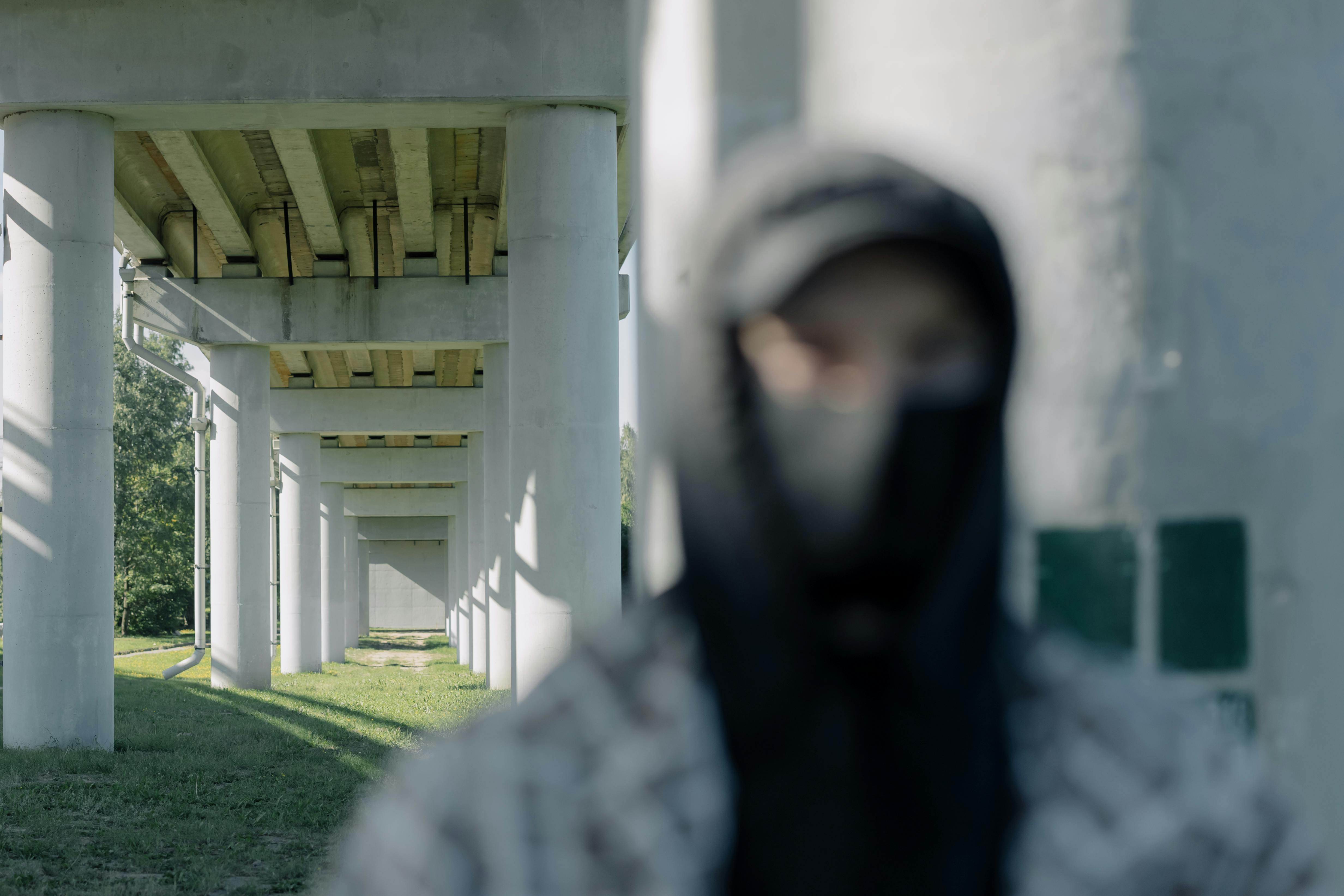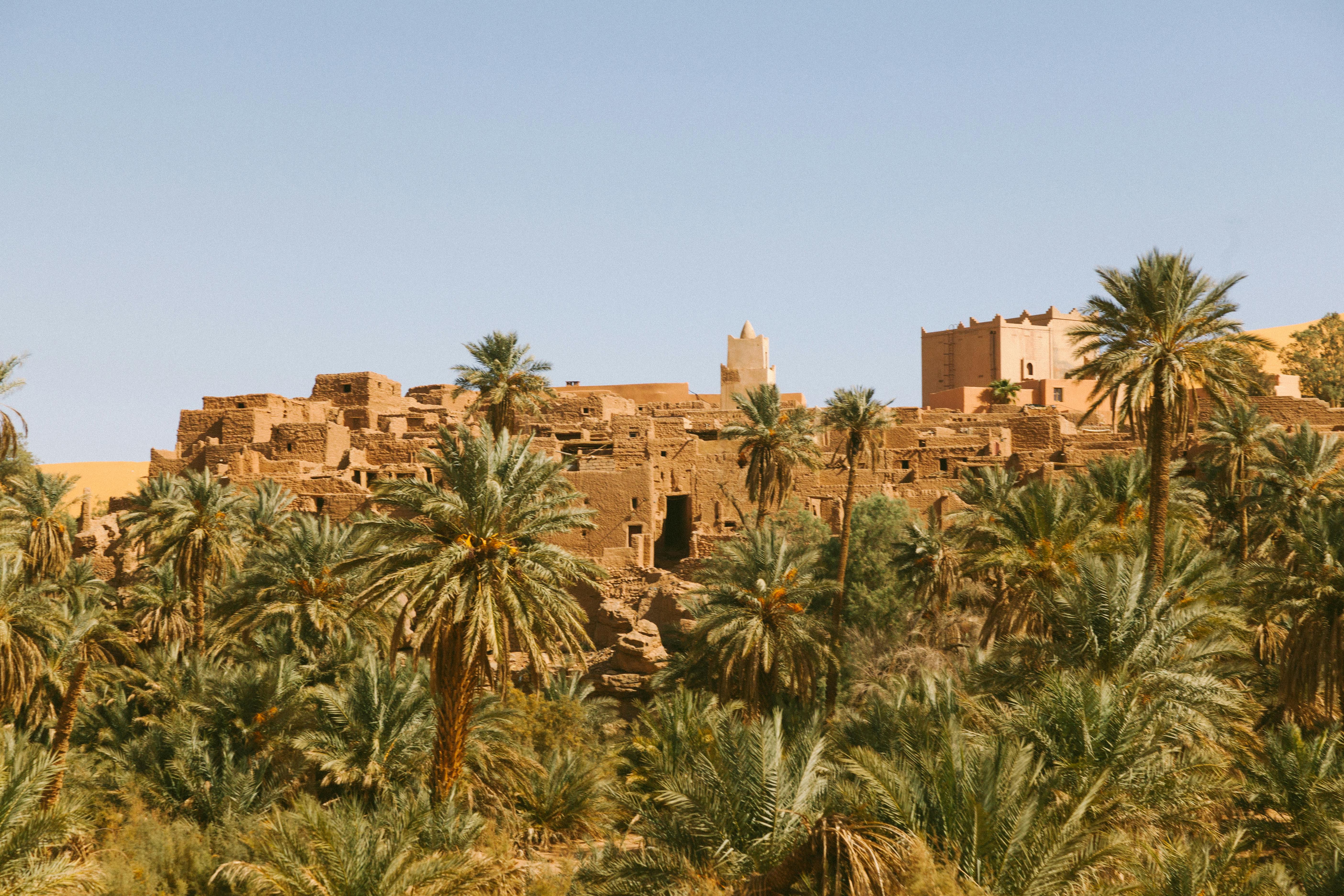Introduction:
Mahabharata and Ramayana are the two great epics of India. There are several classical literatures in various regional languages. The English language is known to Indians only for the last 300 years. But the literature in India in English has reached new heights and there are also thousands of lovers of English literature in India. Especially some writings have reached a classical level and have received worldwide attention.
These literatures can be broadly classified into two. The first is literature written by Indians on Indian background and the second is by English writers on events in India. ‘Freedom at Midnight’ belongs to the second category and is one of the most appreciated event books in India.
This book covers the events that led to the partition of India, the achievement of India’s freedom, the senseless violence between Hindus and Muslims, the great problem of Kashmir, the annexation of princely states, and finally the assassination of Mahatma Gandhi.
In this article we will see important aspects of the book with special reference to the assassination of Gandhi.
1. The construction of history:
The content of this book dealing with contemporary history can be called a “story” because the events recorded in it were more moving than a story. It begins with Lord Mountbatten’s meeting with British Prime Minister Attlee. The entire first chapter deals with the appointment of Lord Mountbatten as the last viceroy of India with the assignment of freeing India. The main question that was addressed was how to give freedom to India and, more importantly, the safe passage of the British to India, who were used to a luxurious life.
2. Enter Mahatma Gandhi:
The Mahatma enters the narrative through a description of Noakhali’s famous tour in which he made a failed attempt to stop Hindu-Muslim violence. He was humiliated by mediocre leaders of both religions. The authors made an in-depth study of the newspapers of that time and give a genuine account of the events.
The process of giving freedom begins with the inauguration of Lord Mountbatten as viceroy. He had several rounds of talks with Patel, Jinnah, Nehru, and Gandhi, who held the importance of India’s freedom in increasing order. Gandhi and Jinnah have a special place in this final solution, Gandhi as the father of the nation in India and Jinnah as the creator of Pakistan.
3. The misery of partition:
The authors describe the royal partition as “The most complex divorce ever.” Not only was the land divided, but also the properties were divided as in the case of the family partition.
The cost of the partition was paid by the citizens of the border states, Punjab in the north, West Bengal in the east, while there was also a lot of bloodshed in other states.
The violence is described in detail in the chapter “Our people have gone mad”. Mindless violence brings tears to the eyes of any leader.
The author says that “if a person dies in violence, it is a ‘mercy’ shown to him, because acid attacks, rapes, disfigurements and other torture were very common. Kidnapping minor children, raping and murdering them was Very widespread, they were identified by various religious markings on their bodies and mercilessly tortured.
A billionaire from Lahore will become a beggar in a day and will have to walk long distances without food or water to reach Delhi, while an industrialist in Punjab had to walk in the opposite direction and reach Karachi on foot losing everything. There were several trains that arrived in India full of corpses. By all calculations, the authors claim that at least for the Muslims who were displaced to Pakistan, a good future awaited them because it was a newborn country, while for the Hindus, who came to Delhi, there was no future at all. They were not accepted by their relatives, rejected by former friends, and were literally orphaned on the streets of Delhi and Calcutta. They have to arrive in a country that only expects work from the subjects and nothing to offer the refugees. There were killings and bloodshed everywhere and in this atmosphere India gained her freedom ‘at midnight’
4. While the world slept:
This chapter deserves a special mention because it gives a minute-by-minute account of the freedom of India and Pakistan. The most outstanding features are:
13.8.47: While all of India waited for their freedom and when most of the leaders were preparing to enjoy the powers, Mahatma Gandhi, who led the fight for freedom by non-violent means, did not participate in the celebrations, but instead crossed jungles of Noakhali to stop senseless violence between the two communities. The hatred against Gandhi on the part of the Hindus who were badly affected by the violence started from this place. In fact, the pathos of the story begins from here and a sadness falls upon the readers indicating the tragedy that seemed imminent in the near future.
14.8.47: Marked the last day as Lord Mountbatten’s viceroy. The last order he signed was to elevate Nawab’s Australian Begum to the dignity of Highness. The order was placed on your table at 11:58 p.m. With a sign of sheer pleasure lighting his face, he took up his pen and performed the last act as Viceroy of India.
14.8.47 Midnight:
“When the whole world sleeps, India awakens to freedom” Jawaharlal Nehru, the first prime minister of India, raised the national flag with these words and declared that India had become a free nation henceforth.
If all went well, the book should have ended with these lines from Nehru. But there weren’t many sweet things waiting for the Indians after independence.
A Tamil poet, after 50 years of independence, wrote: “We get freedom at midnight, never to see the sunrise”, how true!
Lord Mountbatten was appointed First Governor General of India until Rajagopalachari (Rajaji) was elected to the position. India continued in the Commonwealth League of Nations. These were magnanimous gestures on the part of Nehru and his government. But this very magnanimity created a perennial problem for India, namely KASHMIR.
5. QUESTION OF KASHMIR:
Kashmir had a special place in the hearts of Nehru and Jinnah. Pakistan planned a tribal invasion in this valley. Due to the invasion, King Hari Singh annexed Kashmir to India. Nehru very liberally secured a plebiscite and also declared a ceasefire. To date, a part of Kashmir is with Pakistan, which India calls Pak-Occupied Kashmir (POK) and Pakistan claims it as Azad Kashmir (Independent Kashmir). This is the main thorn in the relationship between the two countries for which no immediate solution is in sight.
The book responds to the demand for humor in the Maharajas (Kings) chapter, through descriptions of palaces, tigers, elephants and jewels. The Maharajas lost their crowns and were forced to annex their states to the Indian province, thanks to the efforts of Patel (known as the Iron Man of India). The descriptions of the lives of the kings, their amusing decisions and eccentricities, bring some relief to the otherwise very serious subject of the book.
6. The second crucifixion:
No other title could have adequately described Gandhi’s murder like this title that equates Gandhi with Jesus Christ, whose crucifixion was the first.
It was Friday, January 30; 1948 The murderer was a Hindu whose name was Nathuram Godse. There was absolutely no adequate security for Gandhi, except his personal assistants, most of them women. Gandhi took his last walk until his usual evening prayer. The assassin, hiding the pistol in his palms, approached Gandhi, bowed before him and said “Namaste Gandhiji”.
Using his left hand, Godse brutally shoved the assistant and then drew the black Baretta pistol in his right hand and fired three times. Gandhi gasped “Hey Ram” (Oh God) and with the final gesture of blessing the murderer, he fell lifeless. That was one of the most unforgettable moments in the history of man.
7. Reactions:
The first question Lord Mountbatten asked upon hearing the news of Gandhi’s assassination was, “Who did it?” He was relieved when he learned that a Hindu killed him (not a Muslim) because if a Muslim had killed him, India would be experiencing another horrific massacre the world had never seen. The possible carnage was prevented by repeatedly announcing ‘a Hindu assassinated Gandhi’, on All India Radio and both Hindus and Muslims mourned the death of the great person.
Jawaharlal’s eyes filled with tears as he stood before the All India Radio microphone. “The light has gone out of our lives and there is darkness everywhere,” he said, “The father of the Nation no longer exists.”
George Bernard Shaw made a blunt comment: “It shows how dangerous it is to be good.”
Albert Einstein
“Generations to come, it may be, will hardly believe that someone like this in the flesh has ever walked this Earth.”
J. Krishnamurti, deviating from his usual practice of not commenting on the deaths of leaders, commented: “It is not a single man who killed Gandhi. We, the entire population, have killed him because of our petty religious fanaticism.”
This was reflected in the editorial comments to the Hindustan standard stating:
“Gandhi has been assassinated by his own people for whose redemption he lived, the second crucifixion in the history of the world has been promulgated on a Friday, the same day that Jesus died nineteen hundred and fifteen years ago. Father, forgive us”
Conclution:
The reader closes the book with a heavy heart. This book is a must read for any patriotic citizen with a sense of sacrifice.
But, when we come to the state of affairs prevailing in India today, it paints a rather bleak picture. Rampant corruption, bribery everywhere, power-peddling, rigged elections, cross-community clashes, caste differences and things like that rule predominantly India. We can’t help but think “Is this why we obtained freedom, is this why thousands of freedom fighters sacrificed everything and languished in prisons, is it for this Apostle of Peace that he sacrificed his most valuable life?” It is the prayer of every Indian that Mahatma Gandhi will be reborn again in India.
The greatest success of the book “Freedom at Midnight” lies in the fact that it creates this awakening among readers.
I wish the readers of this article every success!



